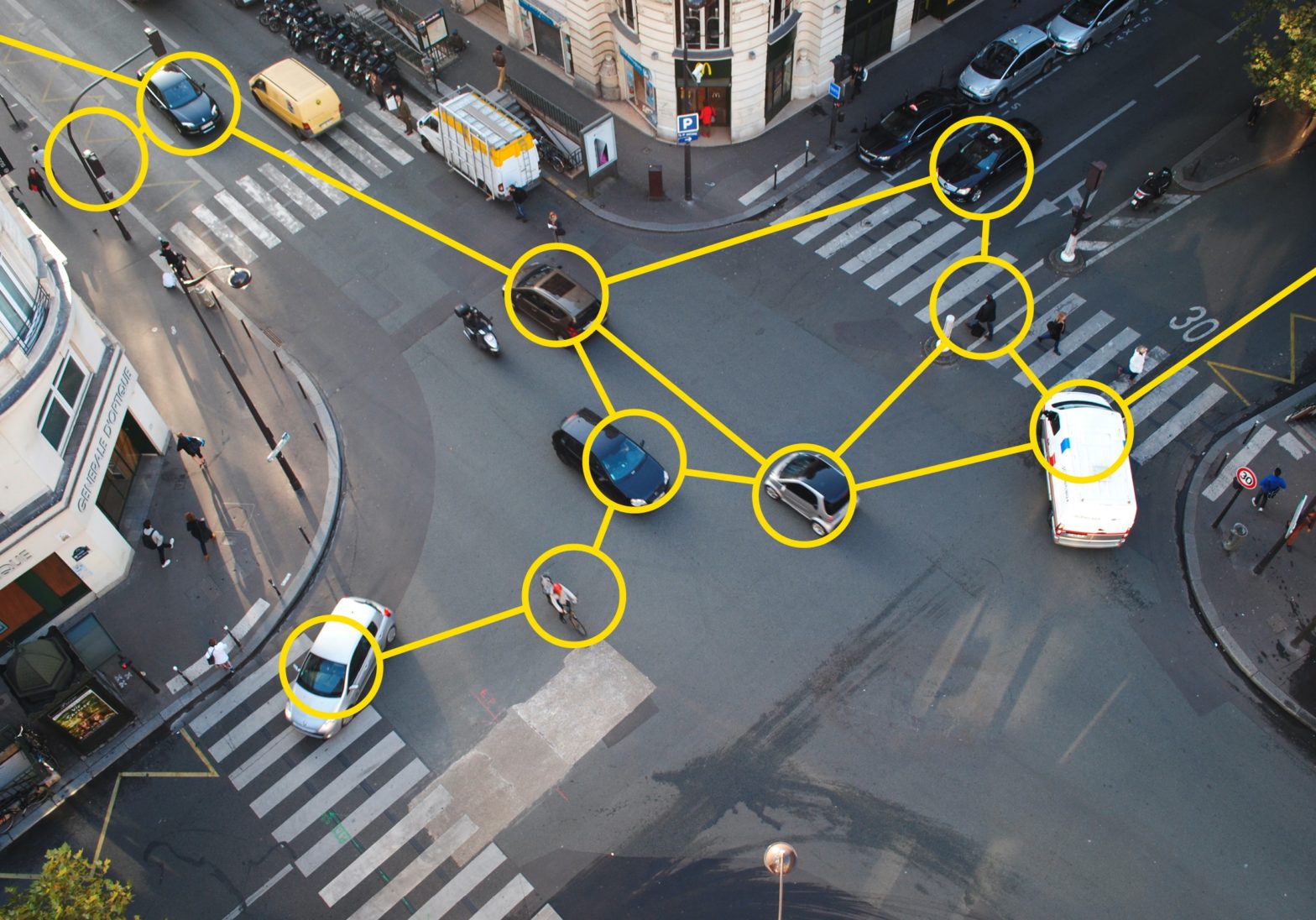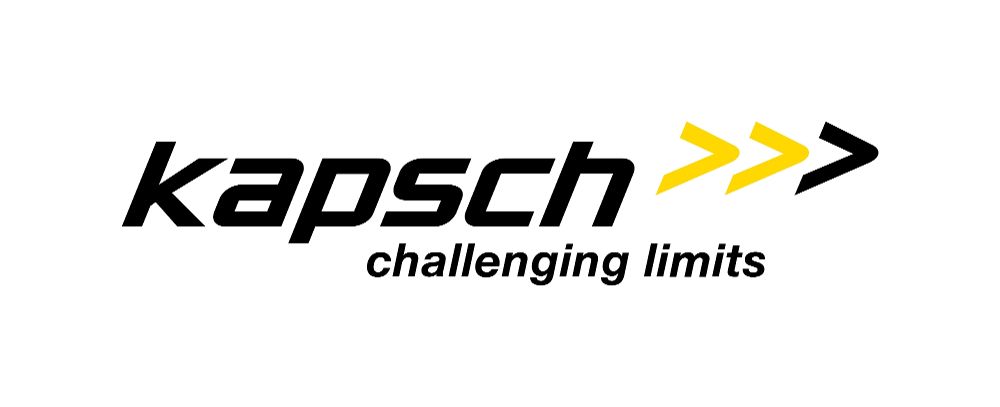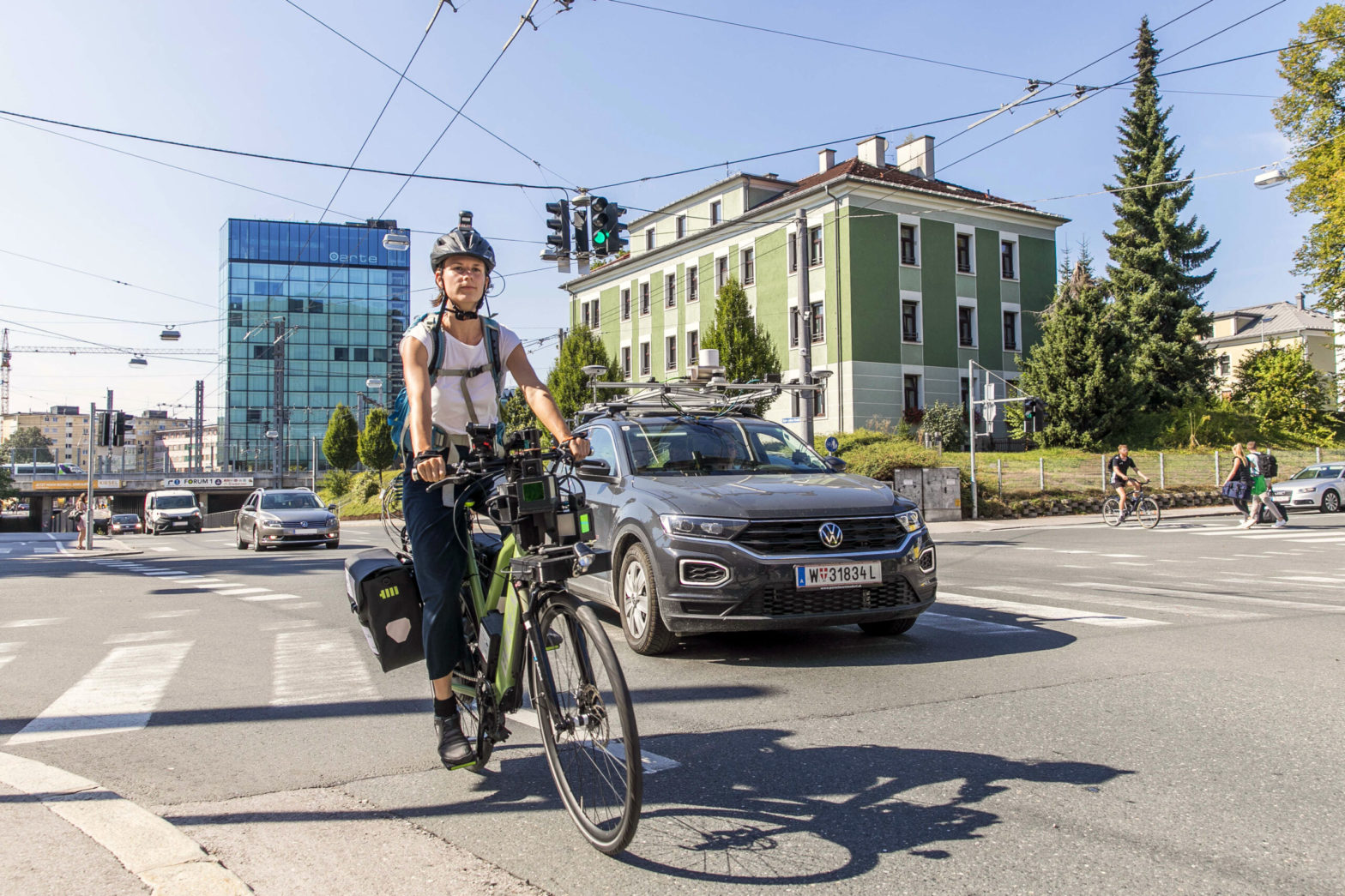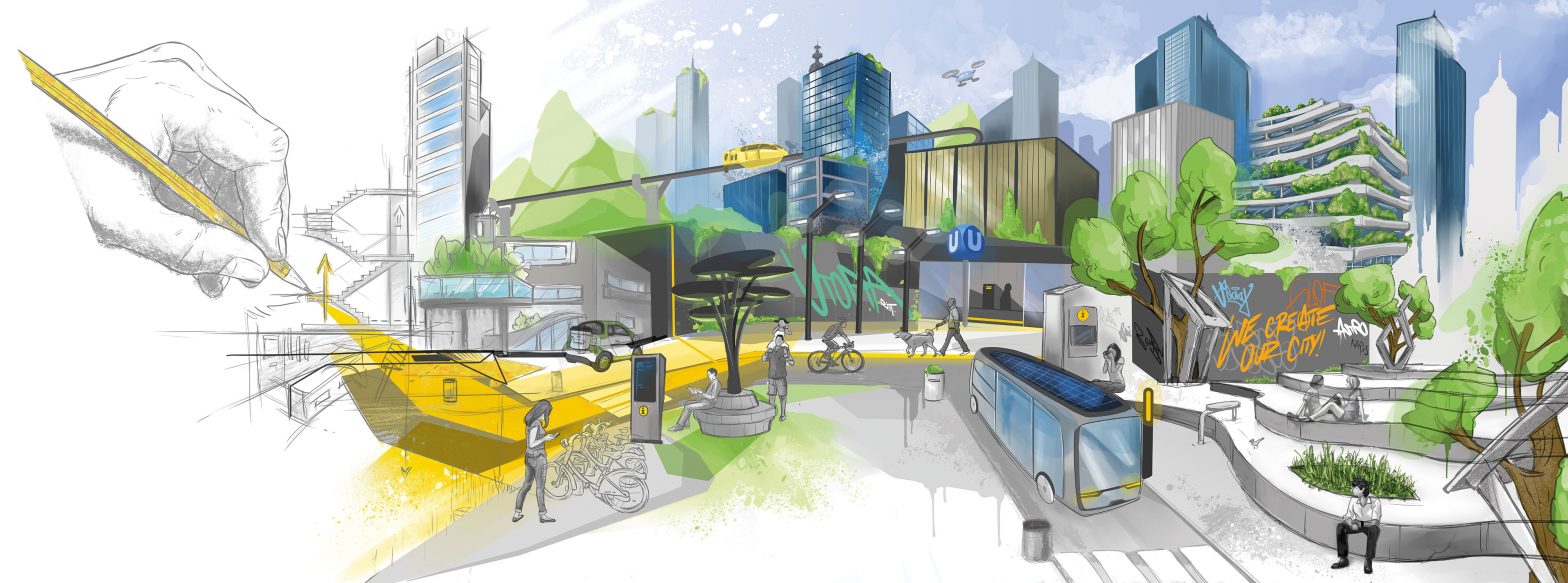
Photo: OCC Intersection_Graphic_Jun23
Solving the increasing battle for city road access
08 March 2024
Traffic congestion is a massive challenge for cities, impacting economies, health, and safety. Traditional transportation policy approaches focus on supply and demand management, but demand management is crucial. Simply increasing capacity is not enough. Current traffic management solutions optimise traffic flow but lack influence over driver behaviour. There is minimal direct communication with drivers, with the exception of connected vehicles that fail to effectively influence behaviour as their focus is on road safety.
To overcome these limitations and mitigate the effects of traffic, a new dynamic between vehicles and road infrastructure is essential, says Reem Fahdi, VP Solution Consulting EMENA at Kapsch TrafficCom.

Interoperability of systems is a first step in enabling the exchange of information needed to manage traffic demand. With the use of overarching management systems, vast amounts of traffic information, previously isolated and underutilised by numerous disparate systems, can now be combined to maximise information value, including innovative data management tools to support new decision making and coordinated traffic and mobility management and demand management.
The traffic and mobility management system interacts with all existing road infrastructures in real time, directly involving and guiding road users. It is based on an umbrella system that brings together data from multiple traffic management systems – including traffic lights, signage, congestion charging, access control, and others. This data is then combined with other rich data from vehicles, cell phones, and navigation systems to support far better routing and traffic management.
By leveraging AI and forecasting tools, the system provides up-to-date traffic conditions, enabling informed decision-making. Additionally, automated decisioning tools initiate coordinated and real-time responses to changing traffic conditions, adjust traffic light timing and guide drivers using virtual message signs to improve overall traffic management.
In Buenos Aires, Argentina, Kapsch TrafficCom has installed EcoTrafiX™, a web-based integrated mobility solution, as a mobility dashboard system that integrates the existing multiple traffic management systems into a single, coordinated environment. This supports centralised aggregation and analysis of traffic data, giving city officials a real-time view of traffic across the city for faster, more effective responses that help reduce congestion and optimise traffic flow. Ultimately, the goal is to deploy demand management solutions that influence driver behaviour and, over time, reduce reliance on private vehicles in the city.
Predictive and proactive traffic management
The traffic and mobility management uses advanced algorithms and data analysis from various sources (vehicles, sensors, video footage, mobile phones, and social networks). This enables cities and transportation agencies to predict and manage traffic fluctuations effectively. It handles demand peaks (like weekend football matches) and forecasts traffic changes for the next 15 or 30 minutes. By leveraging predictive analytics and AI, agencies proactively manage traffic through routing strategies, user-friendly apps suggesting alternative transportation options, and other measures. This capability is crucial for preventing congestion and enhancing the user experience.
Adaptive traffic light and signal optimisation
Route and traffic data from the umbrella systems can be fed into automated signal systems to optimise traffic flow at busy intersections.
In Spain, the city of Madrid has implemented EcoTrafiX™ with its real-time adaptive signal control, which allows traffic light timing to be adjusted based on current traffic flows and queues, helping Madrid to reduce delays and congestion.
Integrating vehicles into traffic management solutions
By leveraging data from in-vehicle systems and drivers’ mobile devices, smarter and more effective traffic management strategies can be developed. For instance, vehicle data powers innovative navigation apps that optimise traffic routes and ensure compliance with transportation standards. Additionally, AI and machine learning enhance smartphone and in-vehicle apps, allowing drivers to anticipate upcoming traffic lights (red, yellow, or green) and set optimal driving speeds. These measures improve safety, traffic flow, and air quality by reducing fuel consumption.
Vienna’s Traffic Management 2.0, in which Kapsch TrafficCom is implementing a comprehensive set of measures implemented by, includes networked traffic lights that prevent congestion and turn green for approaching vehicles. An intelligent navigation system anticipates critical traffic situations, proactively avoiding congestion and safeguarding sensitive areas like schools. Additionally, the Green Light Optimal Speed Advisory (GLOSA) uses traffic light data to guide drivers through a continuous ‘green wave,’ saving time and fuel.










